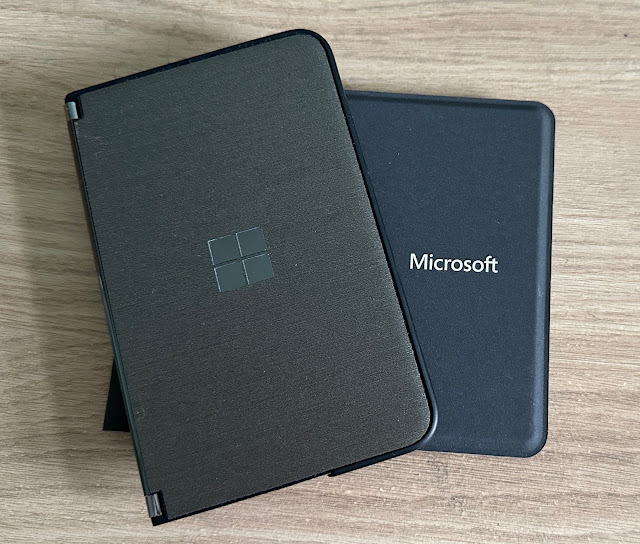Power station musings - some suggestions (Jackery/Anker, etc.)
These are becoming more and more popular and I thought a few suggestions on use would be helpful. Essentially a power station is a huge power bank that has its own mains inverter and, usually, a light and a solar (MPPT) input. An all-in-one err... 'power station' if you will. Ahem.
Managing expectations
A power station, even the biggest Jackerys, won't power an entire house and indeed won't power anything for very long. We forget just how much power every day items - fridges, freezers, kettles, fan heaters, boilers, ovens, and so on, take. The first two, fridges/freezers, can be powered from power stations rated at 1kW (i.e. 1000W) and above*, but the rest are out on the whole. Anything involving the production of heat, in fact, is out unless you have a 2kW monster power station, and even then you'll drain it in an hour.
* that was in fact one of my first real world tests, our 5ft fridge-freezer peaked over 500W and therefore shut down my Jackery 500's inverter! Fridges and freezers draw almost no power much of the time, but when their compressors kick in, they really kick in.
What power stations are great at, though, are keeping Mifis, routers, laptops, lights, power tools, general tech going. Which, in a power outage, is what you want. OK, so you can't generate heat so you might need to put on an extra sweater or coat, but at least you can stay connected, illuminated and entertained.
Thinking about efficiency and AC/DC
That even the largest power banks don't include a mains option should tell you something - running an inverter, to convert DC (in batteries) to AC (i.e. mains) isn't very efficient. Say 80%, so you're losing 20% right off the bat when you enable and use the mains socket in a power station. Then the inverter gets hot, so the power station has to run its internal fan, introducing more drain and reducing efficiency again.
In short, it's great having mains electrics on top, and feel free to plug in a '4-way gang' or whatever, to plug in multiple items as long as their total drain doesn't exceed your power station's maximum output. But it's always better to try and power things from 'DC' if possible, since this is much more efficient and the inverter doesn't have to be cranked into action!
So we're talking about powering things from USB-A and Type C ports, plus don't forget the 12V 'car' jack, since there are thousands of great high-power '12V to multiple USB' gadgets on Amazon. See this, for example.
Plus plenty of powered items, e.g. laptops, drinks warmers, work lights, power tools, can all be powered using a 12V 'car' cable, so again use this rather than a mains cable if you have the option.
Hours not days
Perhaps going back to 'expectations', note that your power station capacity is measured in Wh, standing for 'Watt hours'. Hours. So if you have, for example, a 250Wh power station, that's saying that it can chuck out, in total, at most 250W for a single hour.
If you think that your laptop draws 50W, say, when on, plus a couple of table lamps draw 60W between them (e.g. in a power cut), plus perhaps a Mifi or router at 30W, then just those three items will completely drain your fully charged power station in under two hours.
So in practice, these power stations (as a data point, I have a Jackery 1000 and a 500, where the numbers refer to capacity in Wh) are really for short power outages in not too inclement weather. So those couple of hours are about right and typical. OK, with my Jackery 1000 I can include a fridge and a freezer, but the essential point remains: power stations are always just for hours, not days.
What about solar?
Often bundled with solar panels, power stations can be recharged for free in the summer, but again there are expectations to be managed. As a rule, it will take a full day of sun to fully charge an appropriately matched power station from empty. Here in the UK, this is rare, so - in my case - I only think about putting out my 200W of folding solar panels for 20 or 30 days each year. Obviously, if you live in LA or Africa or Australia then things are different, but solar is something of an edge case in the UK.
In practice I have fun running our fridges and freezers 24/7 from my Jackery 1000 during July or August, and think that I'm being 'green', but then the clouds come in and we have nine months+ of cloud and rain, and it all goes to pot.
Have fun
Most of all, despite my doom and gloom and diminished expectations, I guarantee you'll have fun with a power station. It's about having options. So, for example, you could charge your laptop and phones from the 12V socket, from USB-A or Type C, from the mains inverter, and juggle all these among multiple devices. And it feels like you're living in the future, carrying power around.
Which you are. Just not for as long as you might think. I've heard on podcasts comments like "Oh, you've bought a power station? You can power your house for the winter then!" Probably tongue in cheek, but that comment is a factor of about 1000 (i.e. three orders of magnitude) away from reality.
I love my Jackerys though - and there are many, many other good power stations available. It's all good, clean, green, geeky fun!
PS. If you like this feature and want to support my work then please do so here via PayPal. Thanks.




Comments